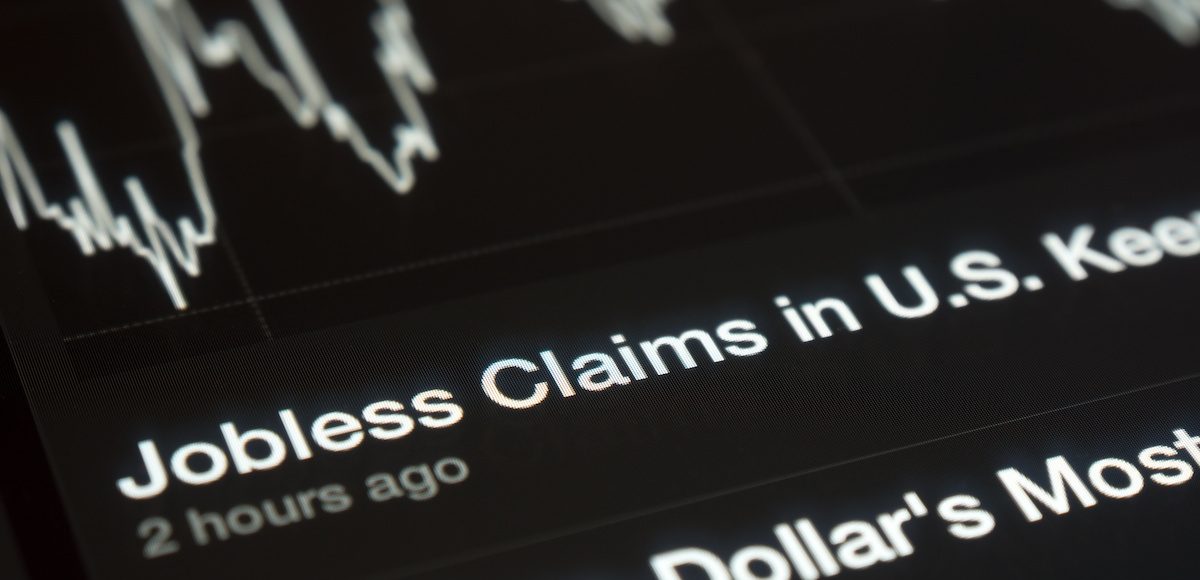
The U.S. Labor Department said weekly jobless claims rose more than expected, but insured unemployment is the lowest since December 1973. Initial jobless claims rose 3,000 to 231,000 for the week ending June 30.
The 4-week moving average was 224,500, an increase of 2,250 from the previous week’s revised average. The previous week’s average was revised up by 250 from 222,000 to 222,250.
The gains will not impact the Employment Situation jobs report Friday, which ended the period in June 16.
The advance seasonally adjusted insured unemployment rate was 1.2 percent for the week ending June 23, unchanged from the previous week’s unrevised rate. The advance number for seasonally adjusted insured unemployment during the week ending June 23 was 1,739,000, an increase of 32,000 from the previous week’s revised level. The previous week’s level was revised up 2,000 from 1,705,000 to 1,707,000.
The 4-week moving average was 1,718,250, a decrease of 1,750 from the previous week’s revised average. This is the lowest level for this average since December 8, 1973 when it was 1,715,500. The previous week’s average was revised up by 500 from 1,719,500 to 1,720,000.
Extended Benefits were payable in the Virgin Islands during the week ending June 16.
The highest insured unemployment rates in the week ending June 16 were in the Virgin Islands (2.7), Alaska (2.2), Puerto Rico (2.1), New Jersey (2.0), California (1.8), Connecticut (1.8), Pennsylvania (1.8), Illinois (1.6), Nevada (1.4), and Rhode Island (1.4).
The largest increases in initial claims for the week ending June 23 were in New Jersey (+5,436), California (+5,420), Maryland (+2,763), Kentucky (+1,968), and New York (+1,897), while the largest decreases were in Pennsylvania (-1,672), Puerto Rico (-1,234), Wisconsin (-899), Texas (-693), and Ohio (-669).





